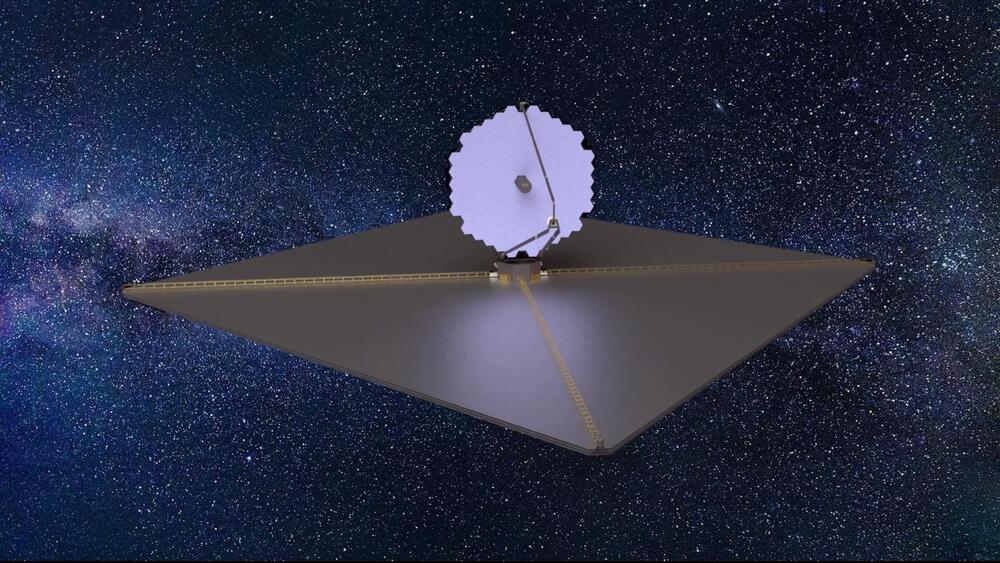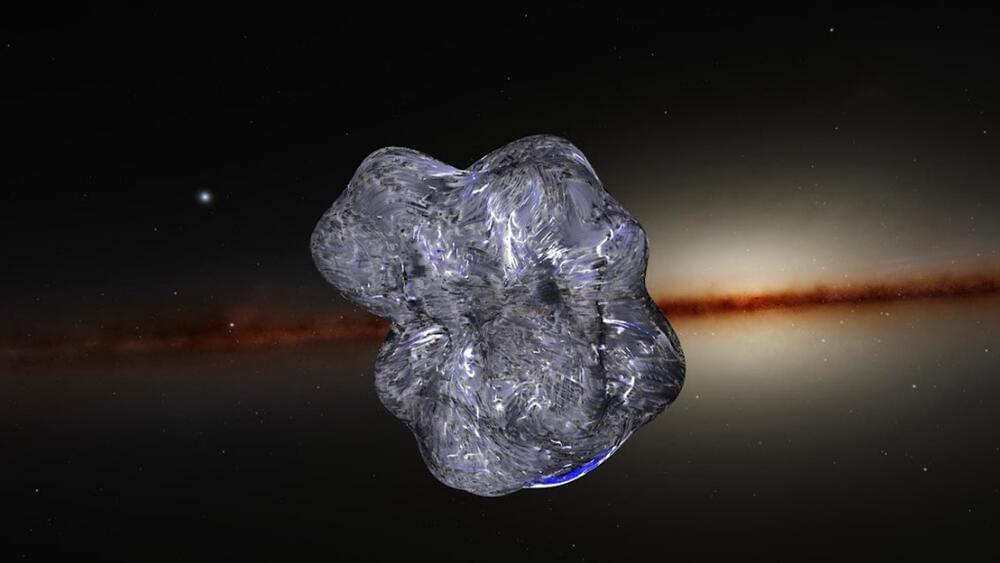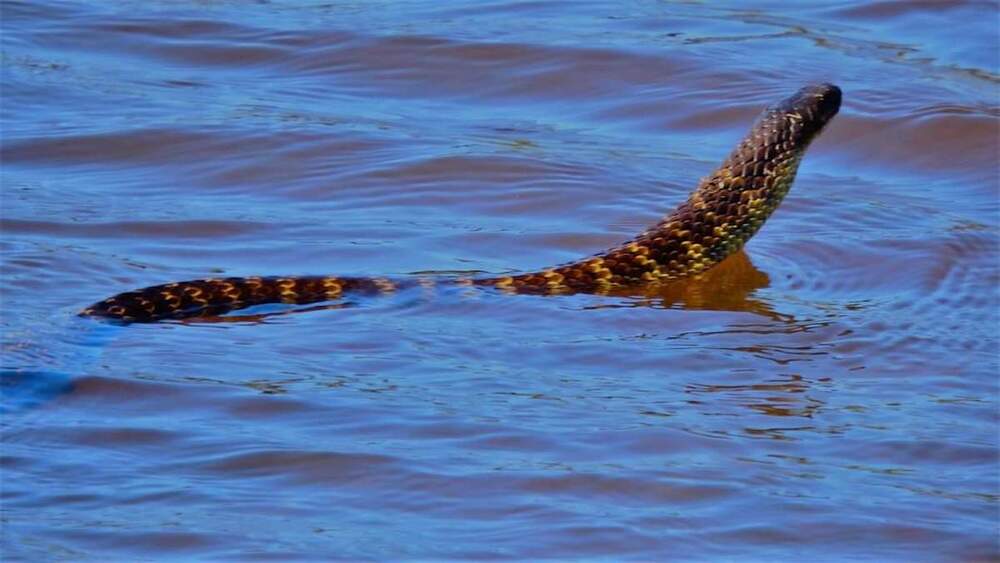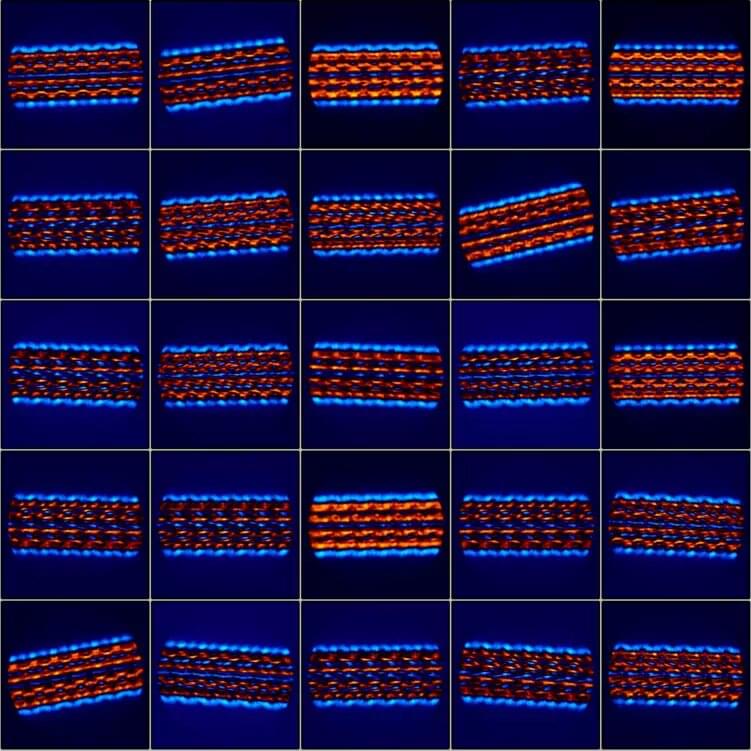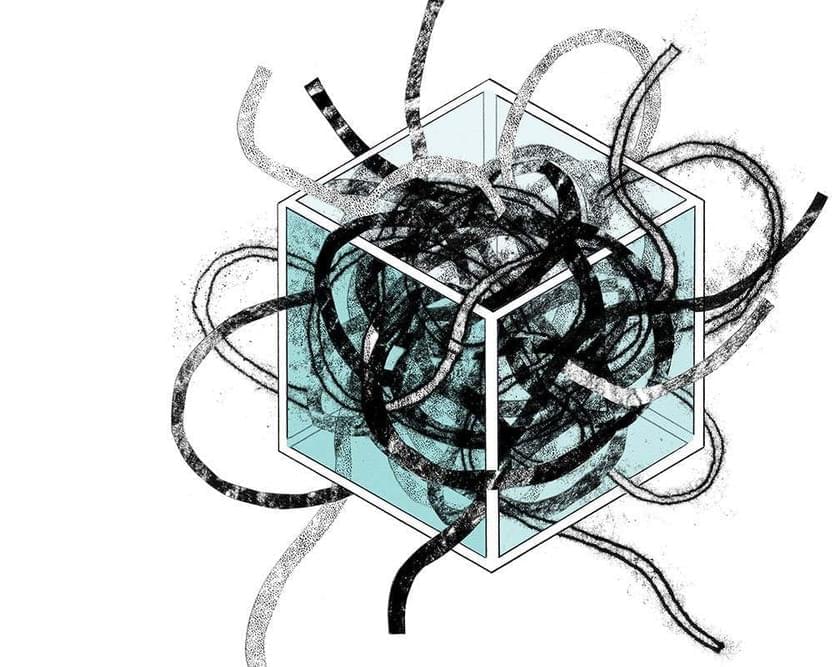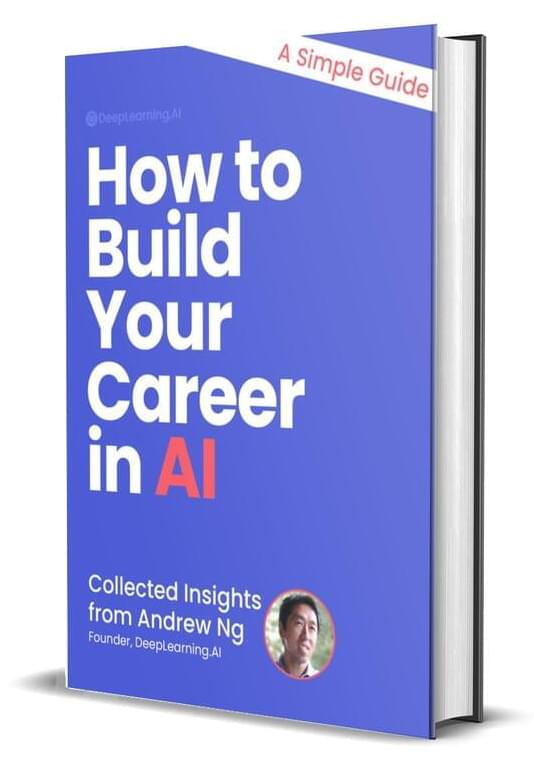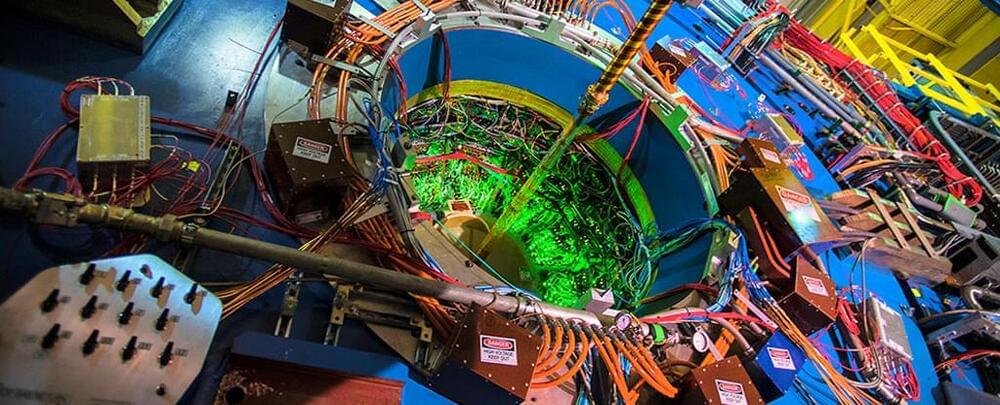Jan 12, 2023
NASA reveals new details about the successor to James Webb
Posted by Gemechu Taye in categories: robotics/AI, space
Unlike James Webb, the Habitable World Observatory will be serviceable by robots in space.
NASA has revealed new details about the successor to the $10 billion James Webb Space Telescope. The multi-billion dollar Habitable World Observatory (HWO) will be tasked with searching for Earth-like exoplanets from space, and it is likely to launch at some point in the early 2040s. The new details came to light during this week’s meeting of the American Astronomical Society, as per a Science.
NASA Goddard Space Flight Center.
Continue reading “NASA reveals new details about the successor to James Webb” »
